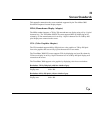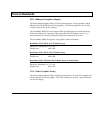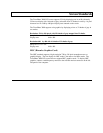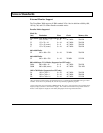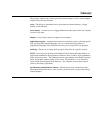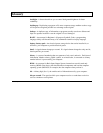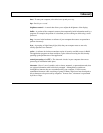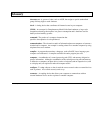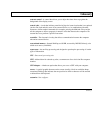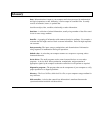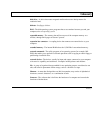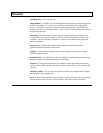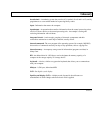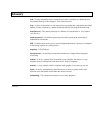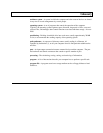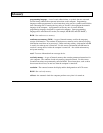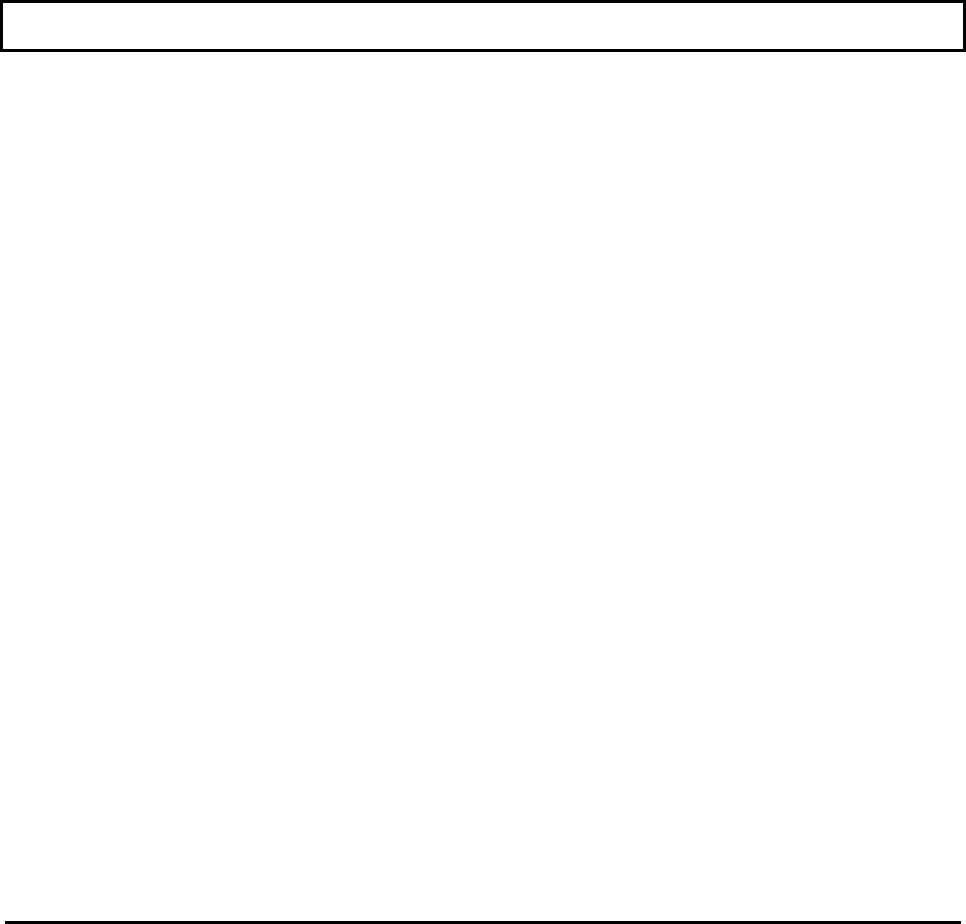
Glossary
contrast control - A control that allows you to adjust how data shows up against the
background of the display screen.
control code - A code that initiates some kind of physical control action that is not printed
(such as line feed and tab), turns off an external device, or, in combination with other
characters, defines unique commands (for example, pressing the Ctrl and C keys might
tell the computer to abort a program): a numeric value that instructs the computer or an
external device to perform a specific instruction.
controller - The electronic circuitry that allows communication between the computer
unit and an external device.
conventional memory - Internal RAM up to 640 KB, accessed by MS-DOS directly; also
called main memory and RAM;.
coprocessor - An auxiliary processing unit designed to speed up the processing of certain
types of information.
CPU - See central processing unit.
CRT - Abbreviation for cathode ray tube, a common term for a television-like computer
monitor.
CRT Adapter - A hardware option that allows you to use a CRT with your computer.
cursor - A special graphic character on the screen (usually a block or underline shape,
sometimes blinking) that indicates the next position at which a character will be entered
or deleted from the keyboard.
customize - See configure.
Glossary 5



